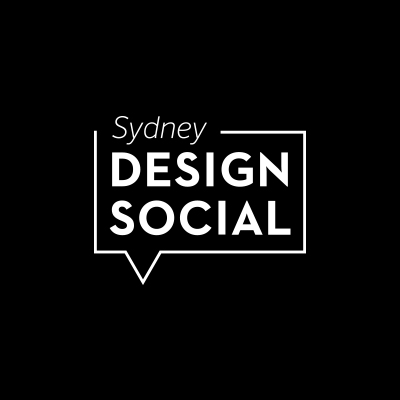Facebook ads should always be part of your larger marketing strategy. Singularly, they won’t serve the purpose you’re after: to tell your brand’s story and increase conversions.
In this blog post, we show you how your business and brand can use Facebook advertising and email marketing to generate leads and grow a list of warm subscribers.
Landing Page: Focus on the Destination
So you’ve created a successful ad campaign that your audience ‘clicks’ on, but they don’t fill out their details or take action? It’s no longer the ad, it’s your landing page that is failing to turn your target audience into customers.
Creating Facebook ads is only one piece of the marketing pie. You want to capture an email address so you can nurture this person through your email marketing funnel, a channel which you solely own. To generate leads, you need to have a landing page that convinces your audience to hand over their email address in exchange for value.
Select your Facebook Advertising objective as Website Visitors, because we’re at the top of the funnel, and we want to simple collect information -- rather than making a ticket sale or a reservation, as that comes later.
Landing Page Design Features
Your landing page isn’t an afterthought, it’s where someone who may invest time and money into your business will land after clicking on your ad.
Neil Patel, Online Marketing Expert, says that your landing page design contributes to conversion rate optimisation and will “literally run your business when you’re not there.”
Patel suggests that you put yourself in your audience’s state of mind when creating a landing page, and to focus on the following design elements:
-
Provide only one option or action on your landing page and make it clear what your audience has to ‘do’ to get more information from you.
-
Choose the right tool for your landing page, Patel uses Unbounce and LeadPages, but Instapage is also a popular tool for Facebook Marketers.
-
Give away free, valuable, content-rich information which your audience is already searching for, also known as a lead magnet.
Mobile Design
Keep mobile-first top of mind when designing your landing page. In a Statista report via Social Media Examiner, 75% of Facebook users access the platform from their mobile device, meaning your ads -- and landing page -- will also be seen via mobile devices.
Most landing page builders will already support responsive design, because it’s 2018, but if you’re building yourself from WordPress, it’s always best to check what your landing page looks like on desktop, tablet and mobile.
Test your landing page through Google’s Mobile-Friendly Test and follow the optimisation suggestions to ensure your landing page is fit for mobile success.
A/B Testing for Landing Pages
As you would Split Test your Facebook ads, the same applies for a landing page. You may not get it right the first time, especially if you don’t have a marketing or development team behind you. You can test two or three (or more) versions of your landing page through a free tool such as Google Optimise, or through monitoring multiple ad sets.
Lead Nurturing: Part of a Larger Strategy
According to marketing software company Marketo, businesses “that excel at lead nurturing generate 50% more sales ready leads at a 33% lower cost.” The value of your leads depends on how you, as a business, decide to nurture your potential clients or customers.
It’s not good enough to generate leads, and then, do nothing as a result. Your audience needs to be shown your value, your content, their own pain points (which they always need reminding of), and the solution (provided by you).
The Welcome Email
Coming from Facebook, the subscriber may not be fully aware of what they’re signed up for. They may not be interested at all in the content you’re providing -- and that’s completely fine. You can start to ‘vet’ who WILL be interested in your brand, and who definitely won’t, with your welcome email.
A Welcome Email is what introduces your audience to your brand story and vision for the content you will be providing them. Scheduling an email nurture campaign is easy through a platform such as MailChimp or ConvertKit.
Make sure to include an unsubscribe link clearly in your email, as you don’t want users to stick around if they’re definitely not interested in what you have to offer. By giving the option, you’ll also gain the respect of those who ARE ready to receive content from you.
Segmenting Your Audience
From sign up, users will be at different stages of the buying / marketing funnel. You’ll know this based on who continues to open your emails, read your blog posts, download your freebies -- and with a good email marketing program, you can segment your audience based on what marketing activities they take.
Subscribers that come from Facebook advertising are generally at the very top of your marketing funnel, so it is up to you to continue to nurture and convert them into paying and / or repeat customers.
---
With the right tools and funnel marketing in place, your Facebook ads can be truly optimised to grow your business. Remember to always be aware that a sign up doesn’t mean a set-in-stone customer, you have to nurture them through your content.
Confused about how to set up a landing page and nurture campaign for your Facebook Advertising? We’re here to help!






